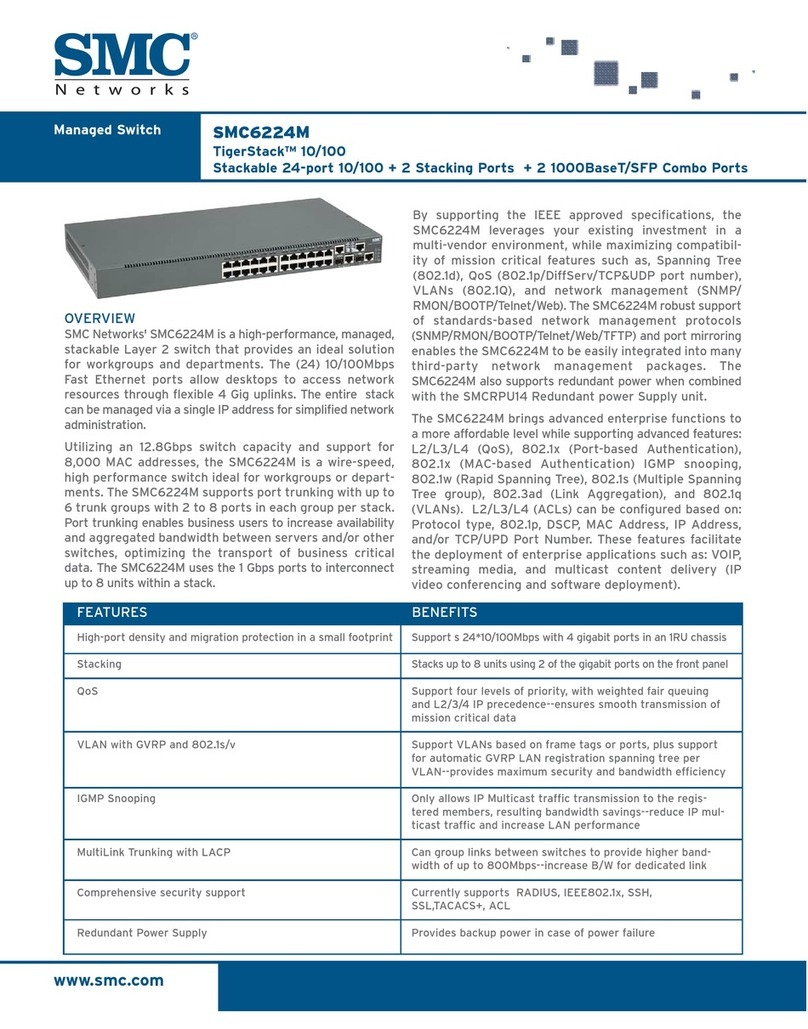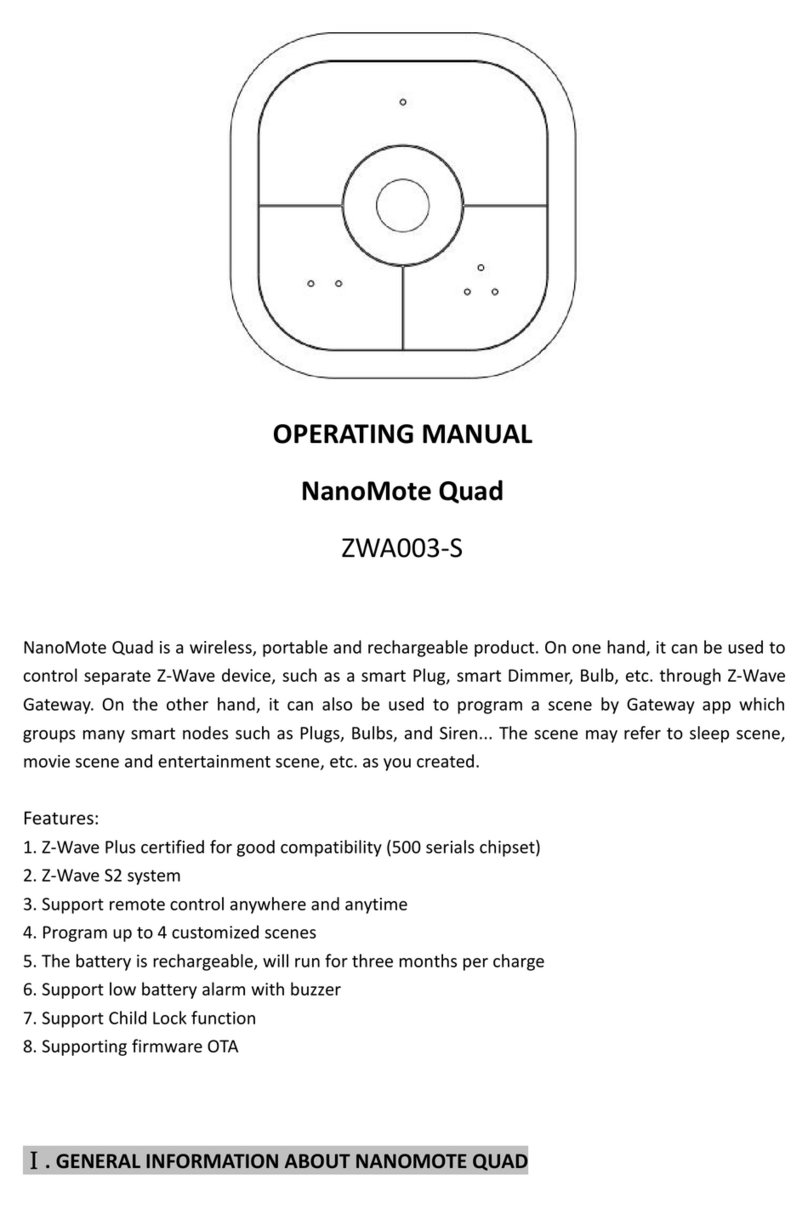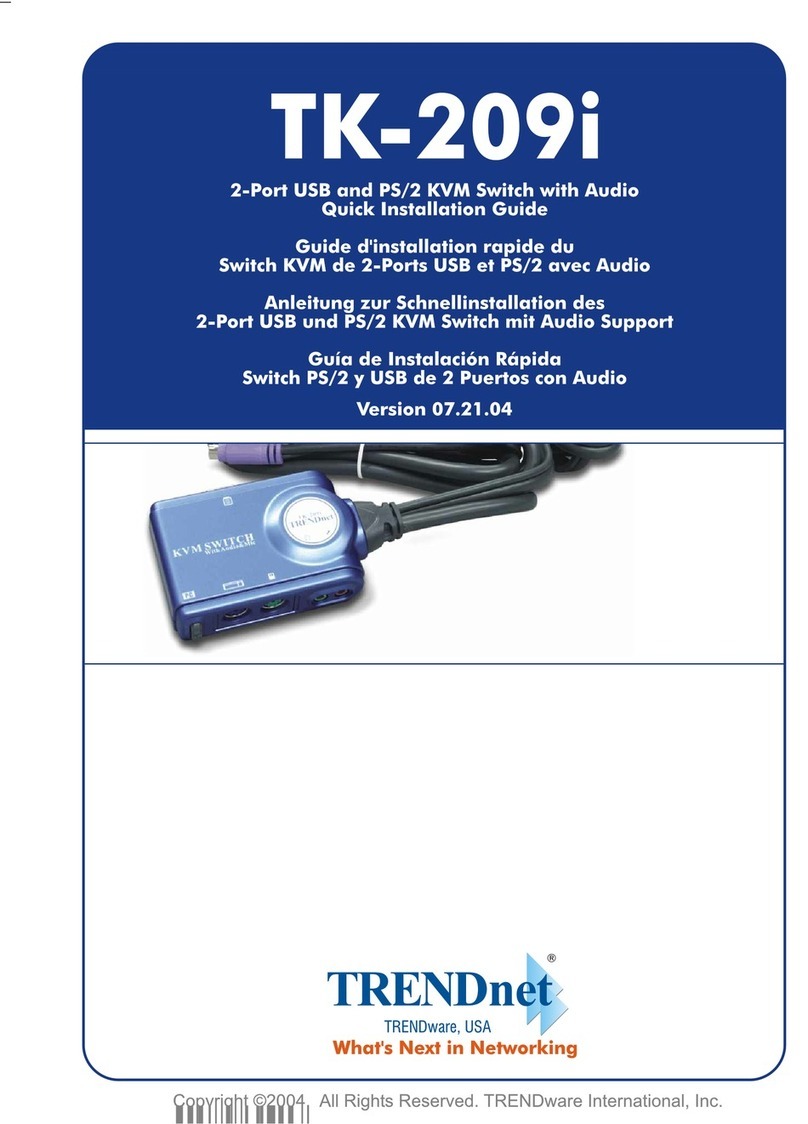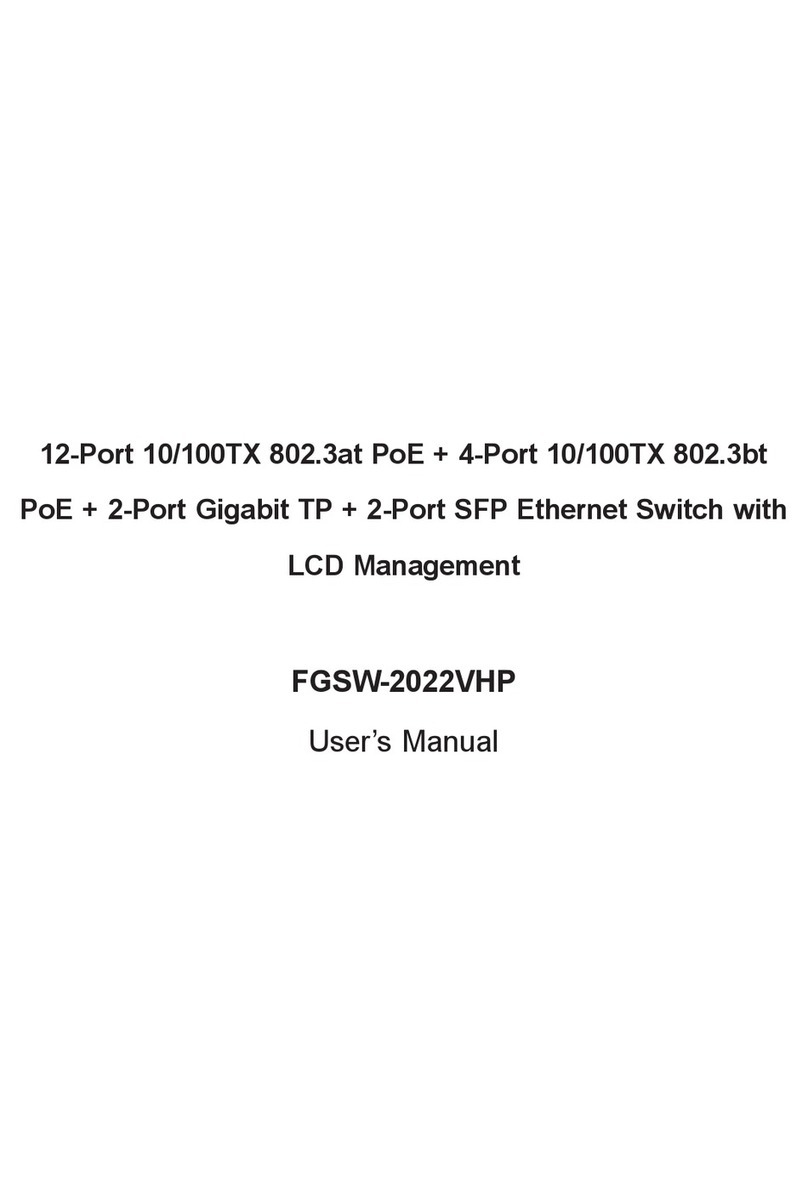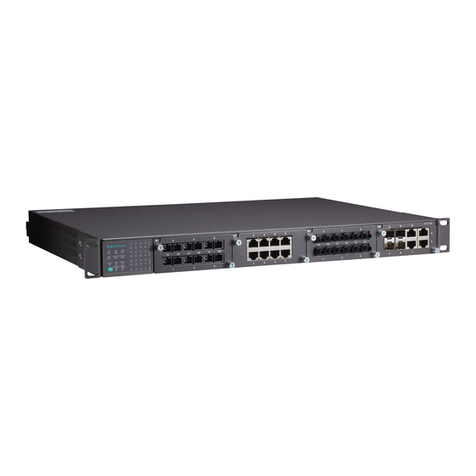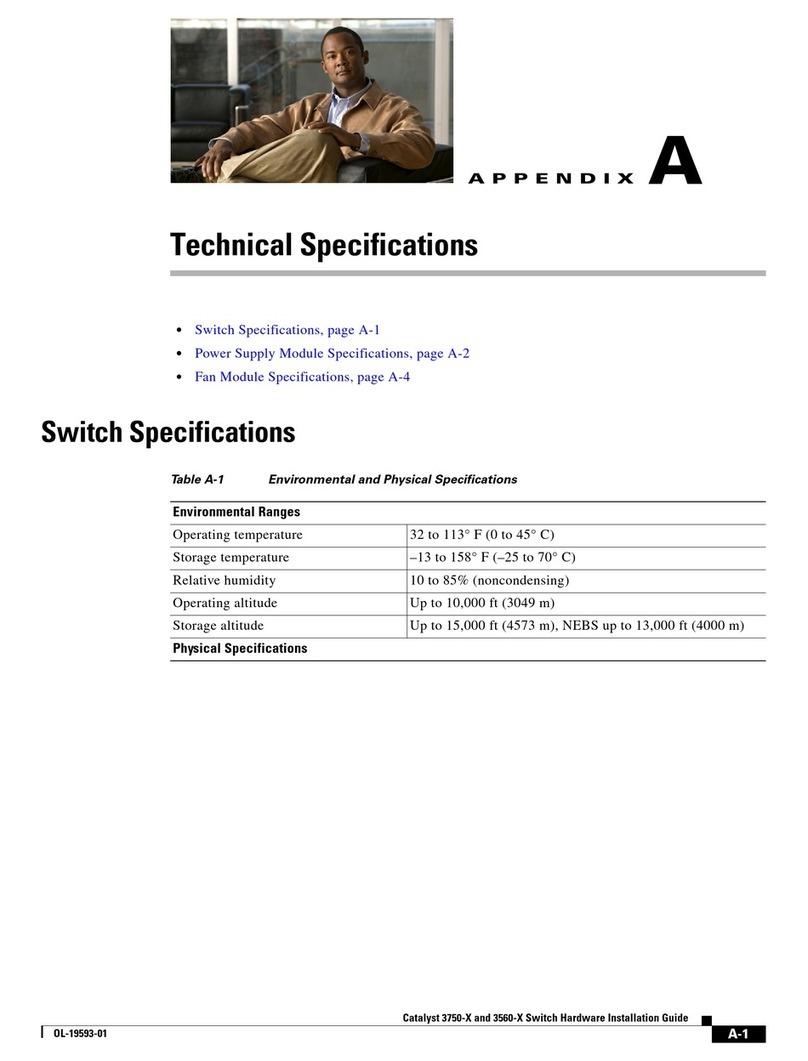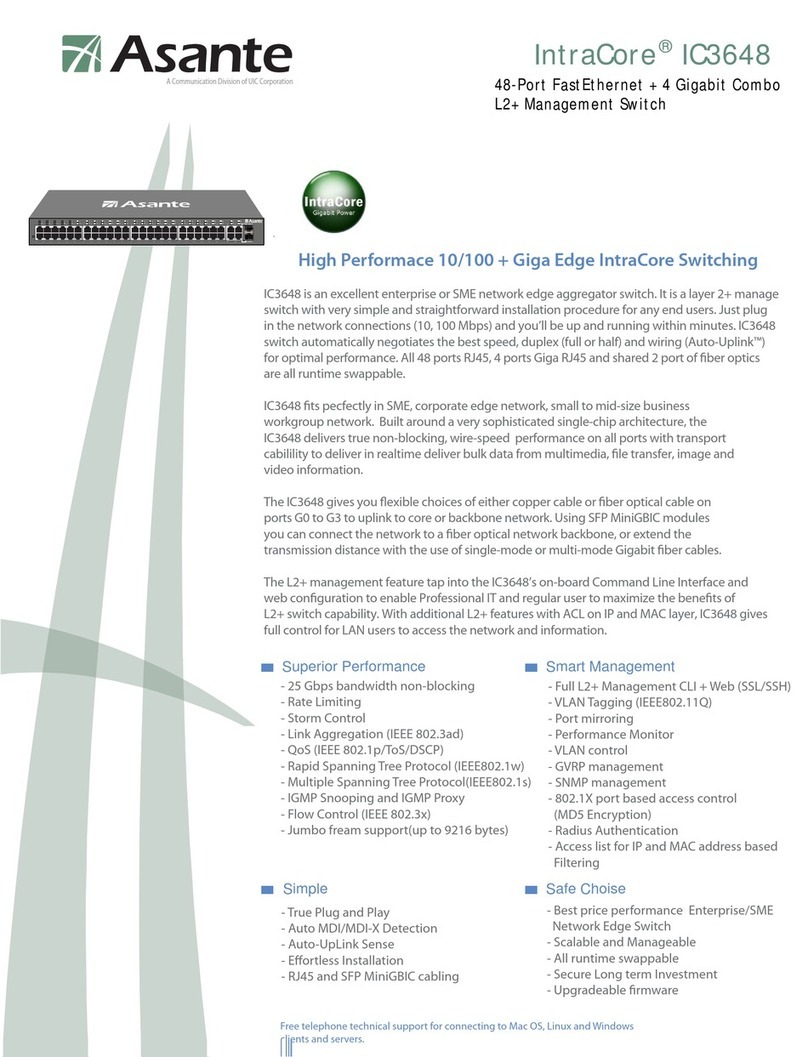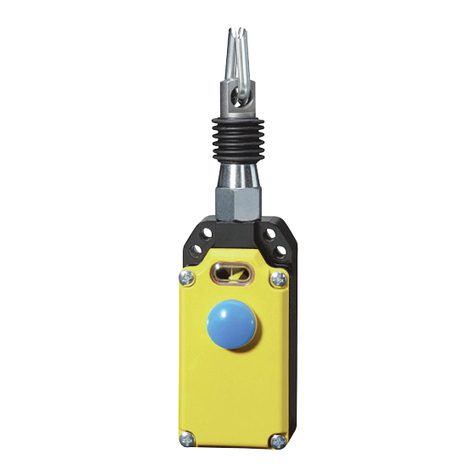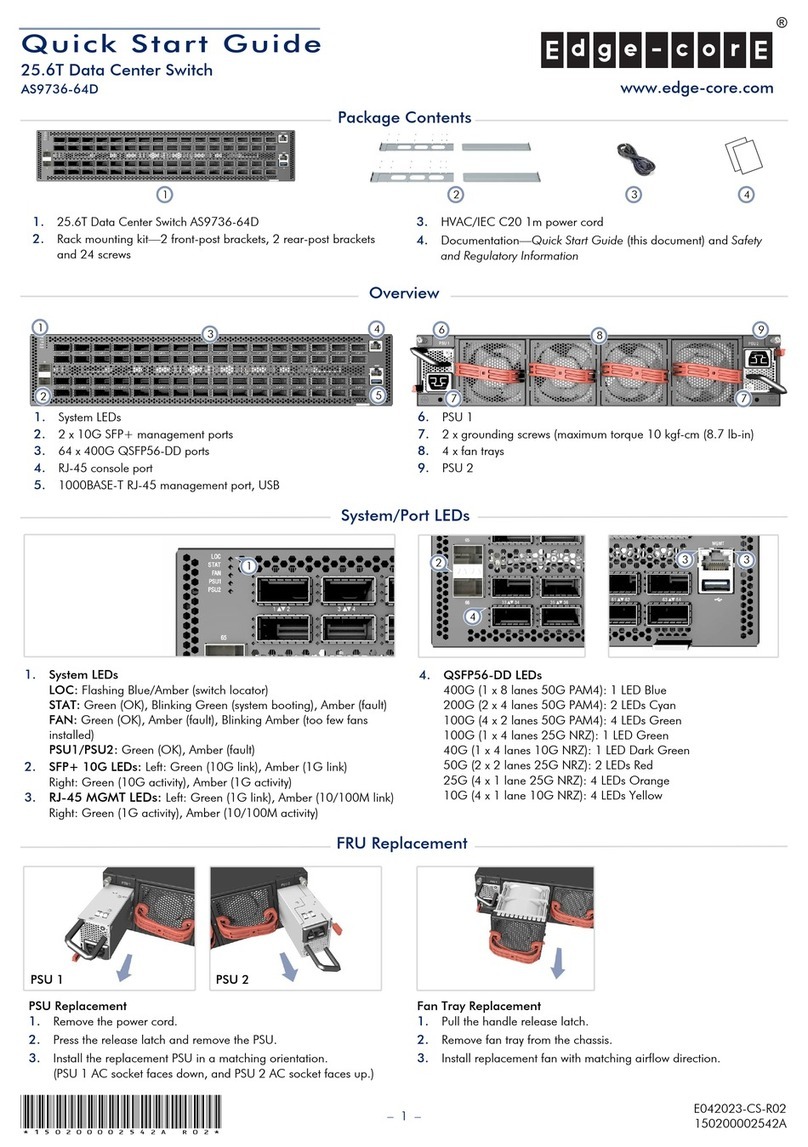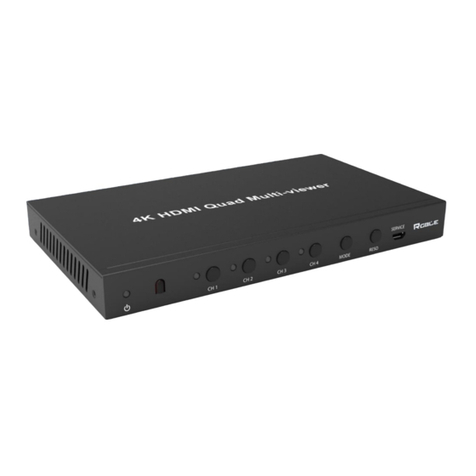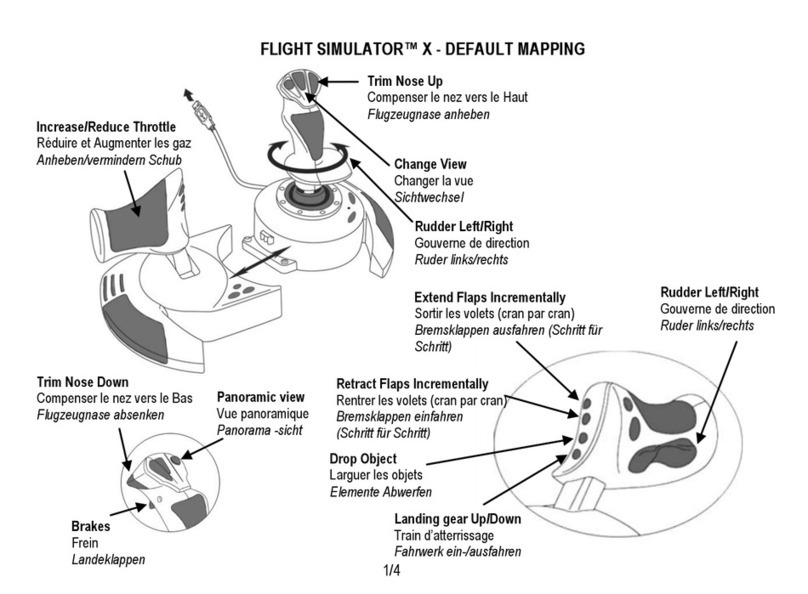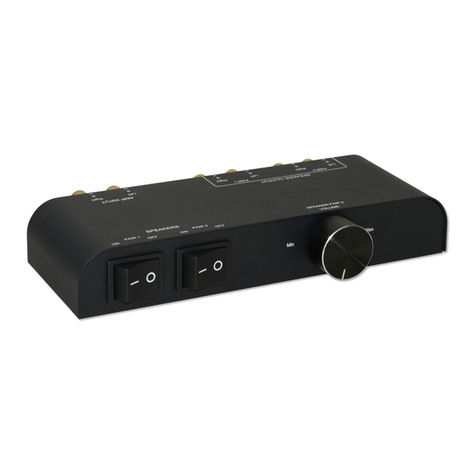6. USERNAME –This parameter appears only when v3 is selected as the SNMPVERSION.
SNMP version 3 (SNMPv3) is an extensible SNMP Framework which supplements the
SNMPv2 Framework, by additionally supporting message security, access control, and
remote SNMP configuration capabilities. To extract performance statistics from the MIB
using the highly secure SNMP v3 protocol, the eG agent has to be configured with the
required access privileges –in other words, the eG agent should connect to the MIB using
the credentials of a user with access permissions to be MIB. Therefore, specify the name of
such a user against the USERNAME parameter.
7. AUTHPASS –Specify the password that corresponds to the above-mentioned USERNAME.
This parameter once again appears only if the snmpversion selected is v3.
8. CONFIRM PASSWORD –Confirm the AUTHPASS by retyping it here.
9. AUTHTYPE –This parameter too appears only if v3 is selected as the SNMPVERSION.
From the AUTHTYPE list box, choose the authentication algorithm using which SNMP v3
converts the specified username and password into a 32-bit format to ensure security of
SNMP transactions. You can choose between the following options:
MD5 –Message Digest Algorithm
SHA –Secure Hash Algorithm
10. ENCRYPTFLAG –This flag appears only when v3 is selected as the SNMPVERSION. By
default, the eG agent does not encrypt SNMP requests. Accordingly, the ENCRYPTFLAG is
set to NO by default. To ensure that SNMP requests sent by the eG agent are encrypted,
select the YES option.
11. ENCRYPTTYPE –If the ENCRYPTFLAG is set to YES, then you will have to mention the
encryption type by selecting an option from the ENCRYPTTYPE list. SNMP v3 supports the
following encryption types:
DES –Data Encryption Standard
AES –Advanced Encryption Standard
12. ENCRYPTPASSWORD –Specify the encryption password here.
13. CONFIRM PASSWORD –Confirm the encryption password by retyping it here.
14. TIMEOUT - Specify the duration (in seconds) within which the SNMP query executed by this
test should time out in the TIMEOUT text box. The default is 10 seconds.
15. DATA OVER TCP –By default, in an IT environment, all data transmission occurs over
UDP. Some environments however, may be specifically configured to offload a fraction of
the data traffic –for instance, certain types of data traffic or traffic pertaining to specific
components –to other protocols like TCP, so as to prevent UDP overloads. In such
environments, you can instruct the eG agent to conduct the SNMP data traffic related to the
Juniper EX Switch over TCP (and not UDP). For this, set the DATA OVER TCP flag to Yes.
By default, this flag is set to No.
16.
